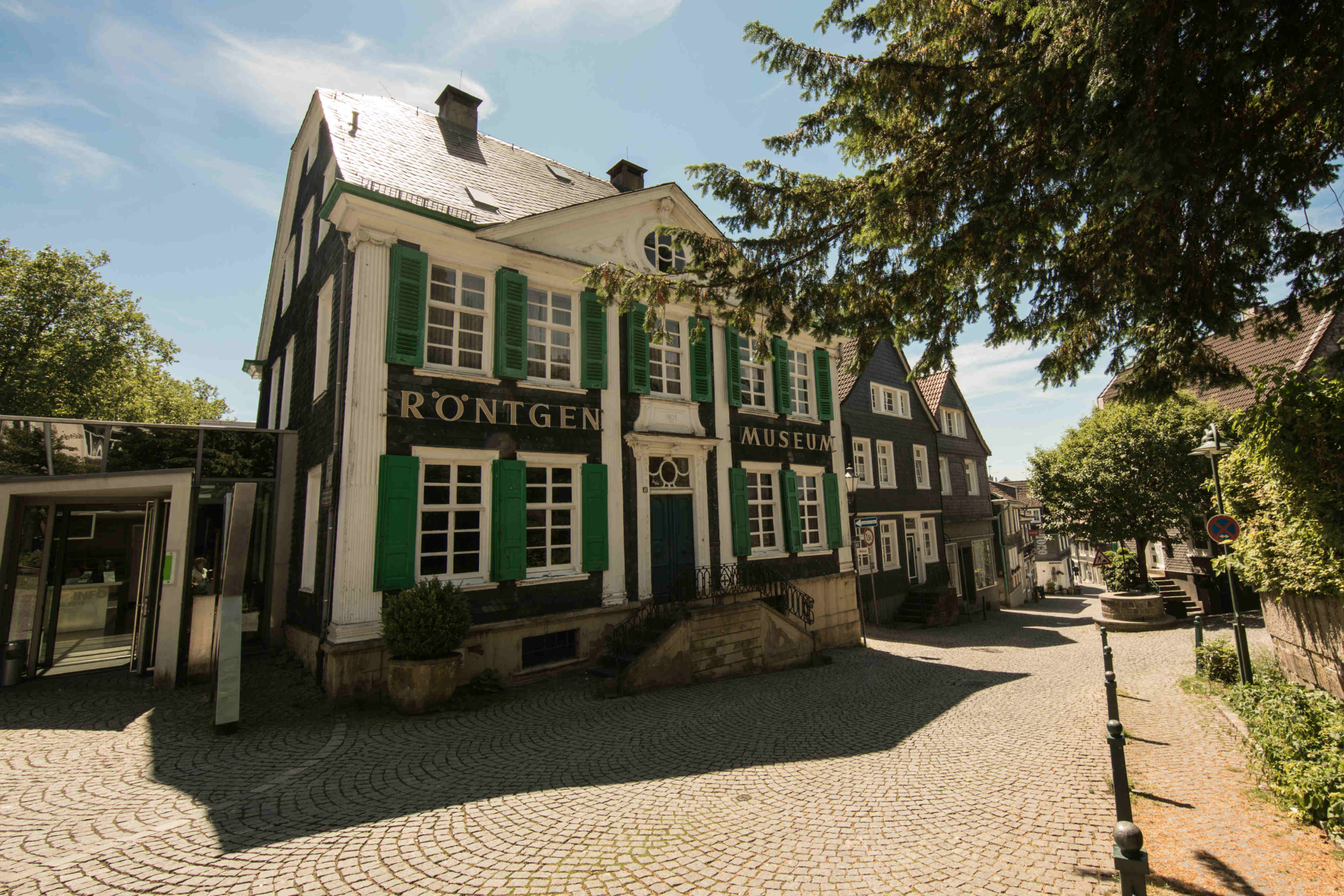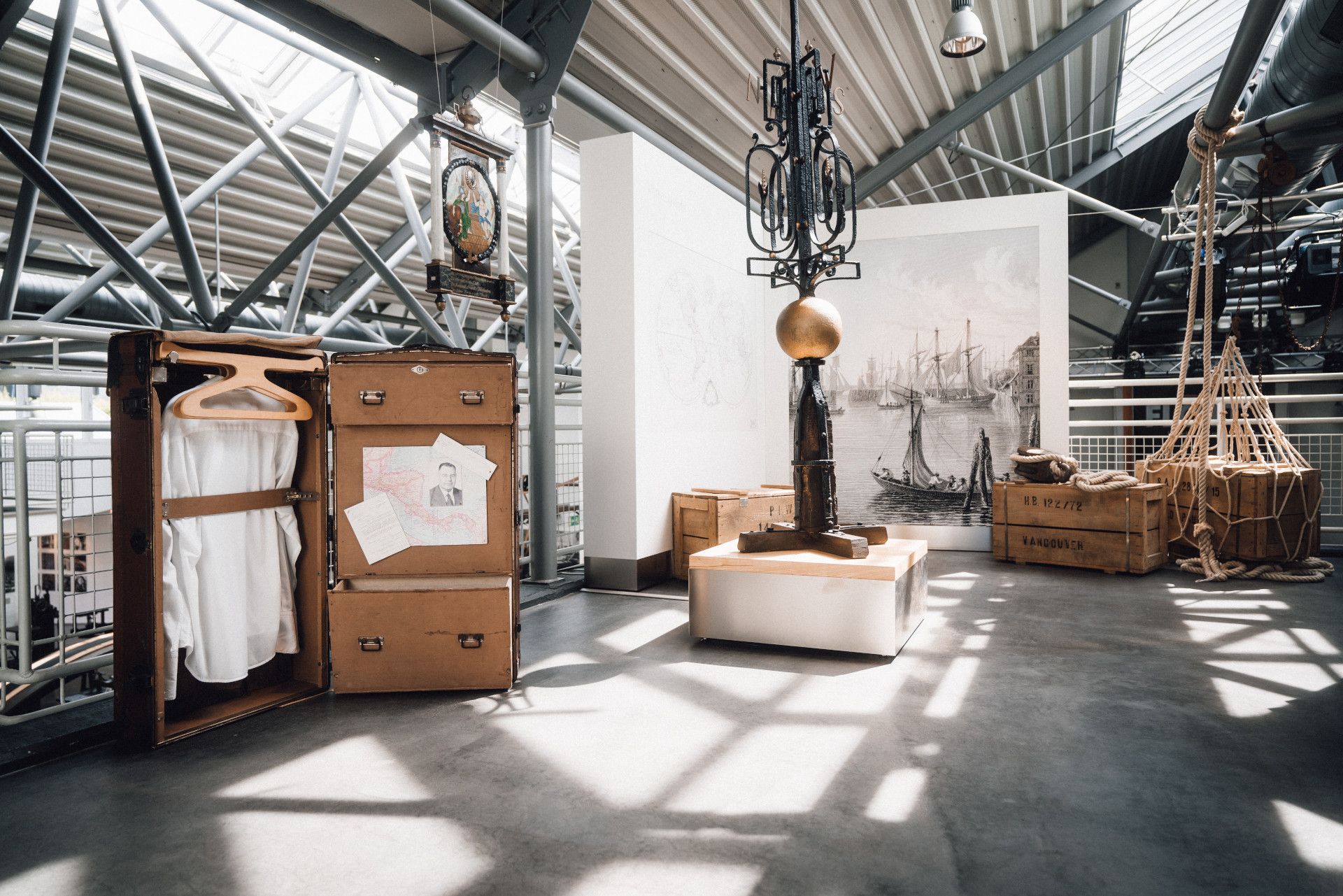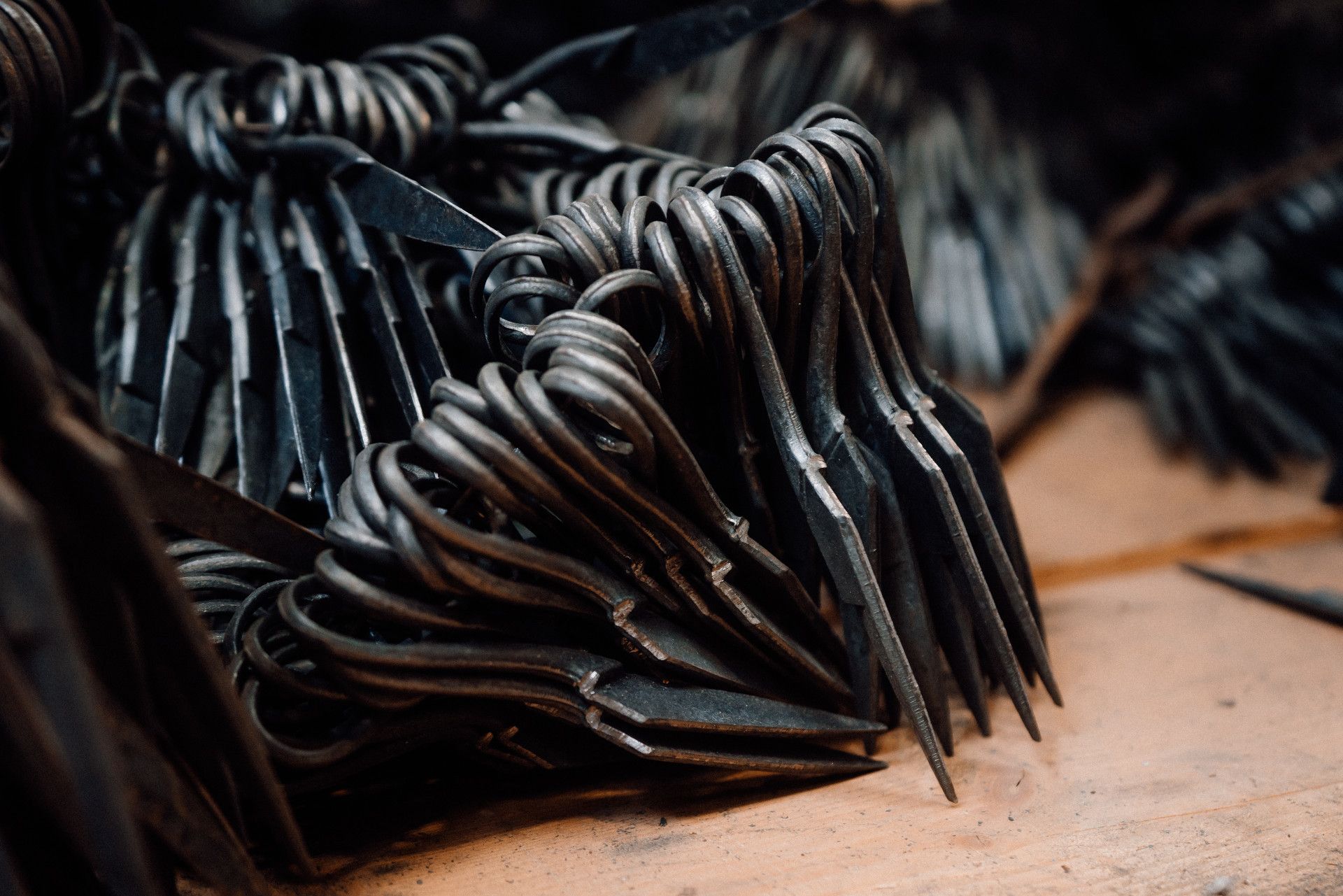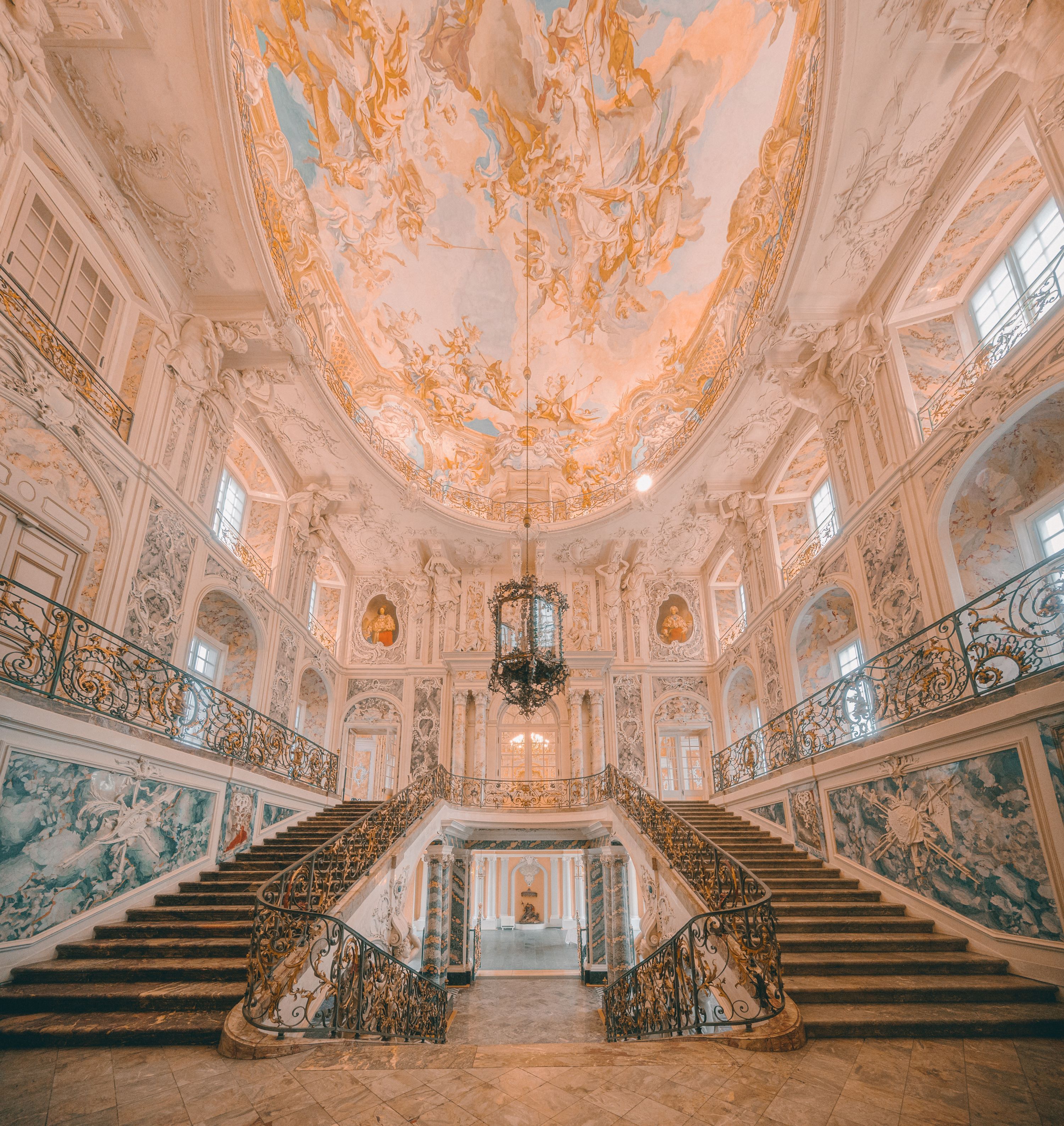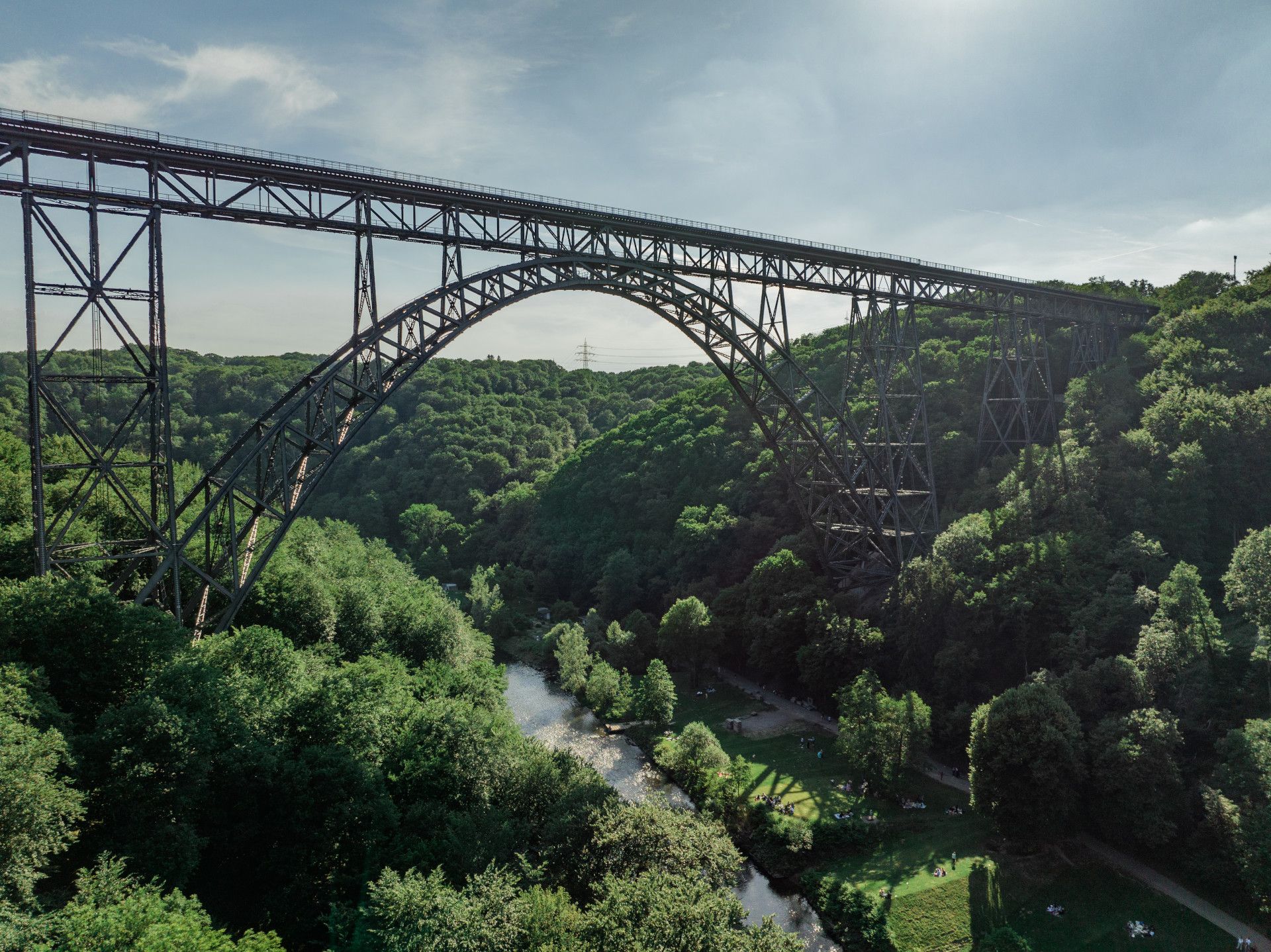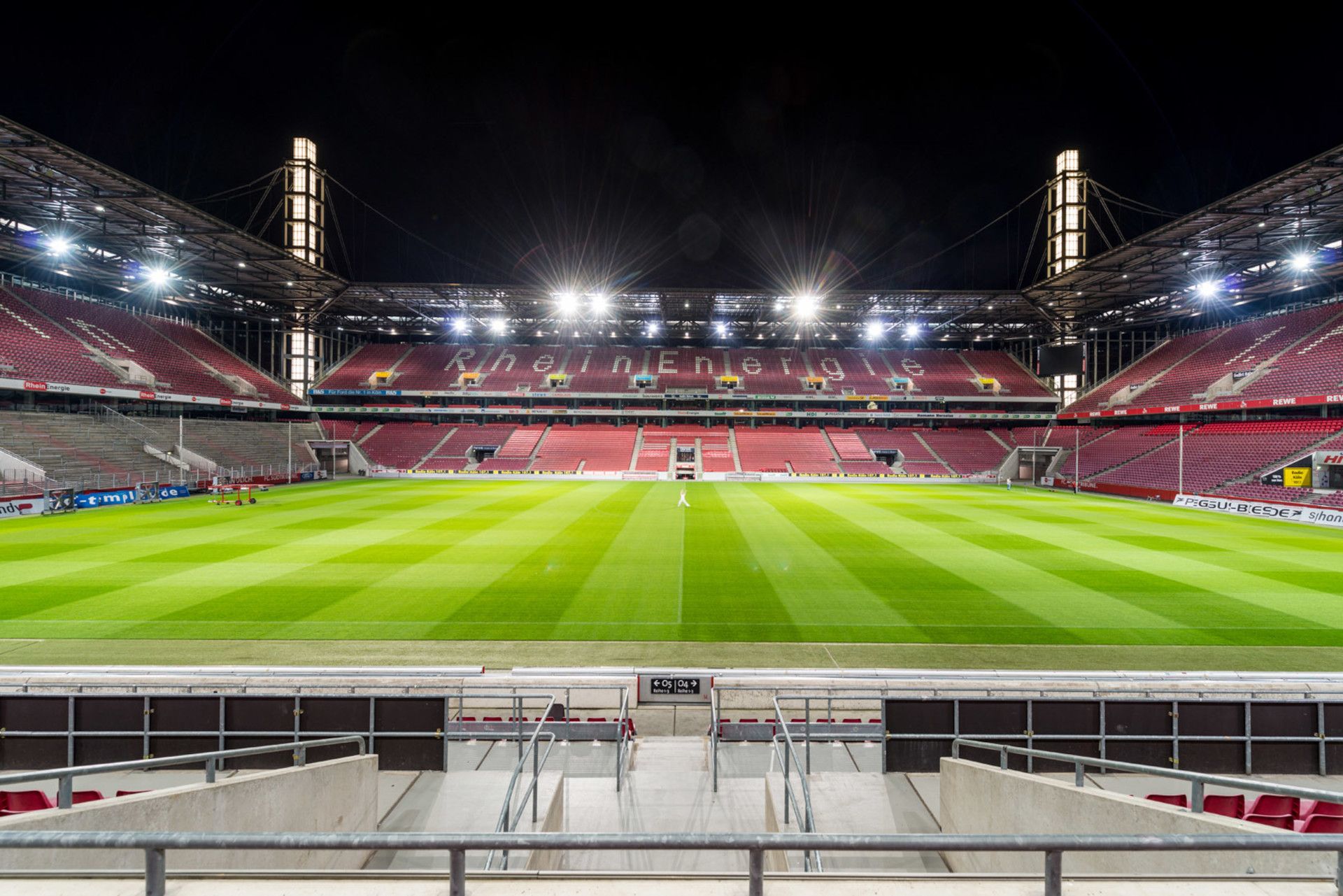North Rhine-Westphalia has produced famous personalities - even before the state existed. And they have left their mark on their homeland, which is well worth following.
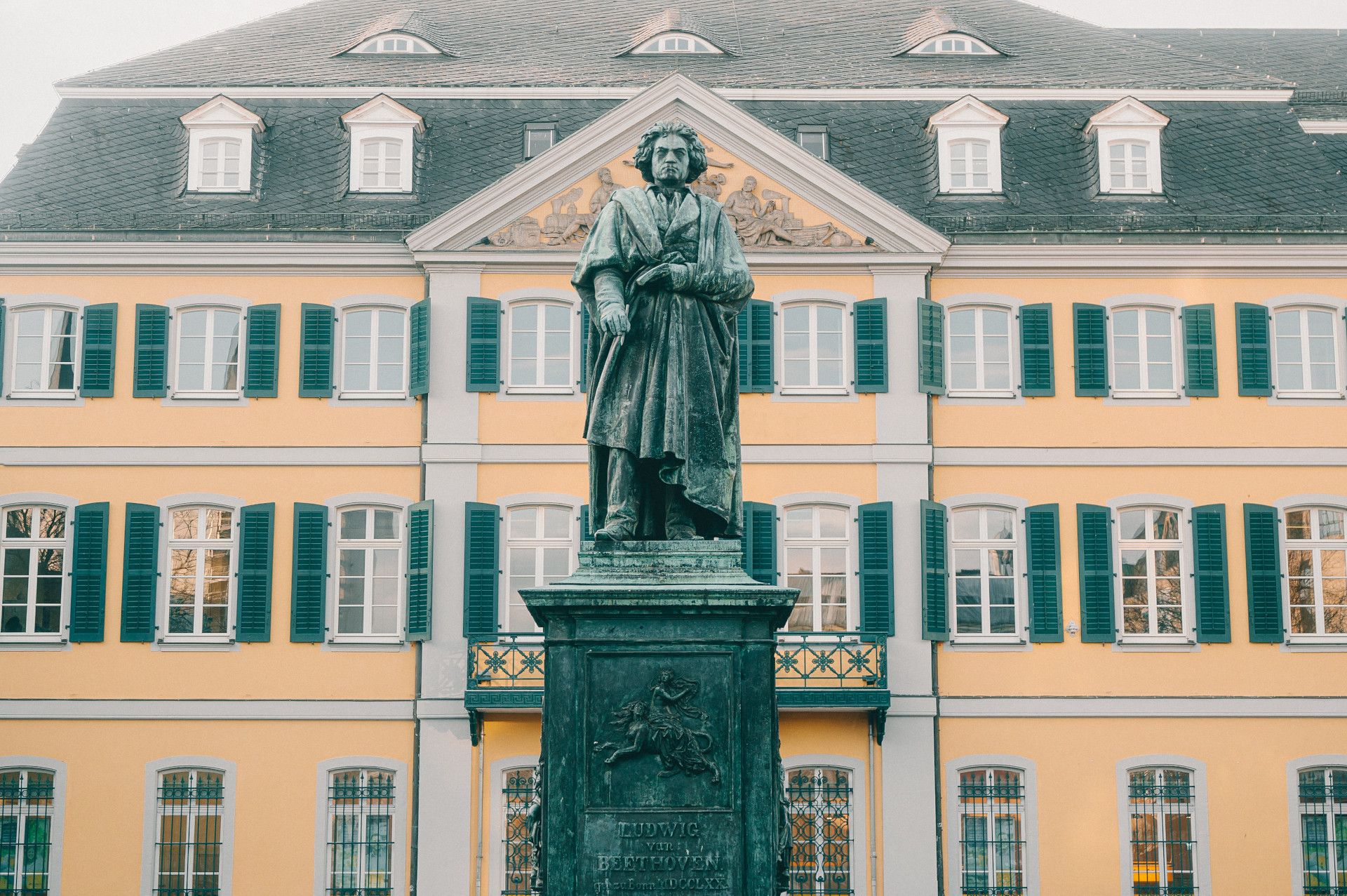
Poets and thinkersHeine and Droste-Hülshoff
Nena, Kraftwerk or Die Toten Hosen: North Rhine-Westphalia is home to a wide variety of bands and musical styles. The pop music tour "The Sound of Düsseldorf" takes you to legendary clubs and pubs as well as important music venues in the city. Even in earlier times, a native of Düsseldorf made a name for himself with lyrical songs: "I don't know what it should mean ...", Heinrich Heine asked himself. The poet of the world-famous Loreley song was born in Düsseldorf in 1797 in a house in the historic city centre, which today houses a literary bookshop. The Heinrich Heine Institute nearby keeps his memory alive with its archive, library, museum and numerous events: the only Heinrich Heine Museum in the world displays manuscripts, first editions and letters, contemporary portraits and Heine's death mask.
To the pop music tour | More about Heinrich Heine
Annette von Droste-Hülshoff, born in 1797 at Hülshoff Castle near Münster, created a monument to her native Münsterland with her literary work. She became famous for her work "The Jew's Beech", which, like many other novellas and poems, was written in the seclusion of the Rüschhaus near Münster. A poetry trail not only connects Hülshoff Castle and Haus Rüschhaus, but also culture and nature: at various stations along the ten-kilometre trail, it becomes clear how literature, nature and culture have changed from Droste's time to the present day. Audio stations, viewing points, text areas and interactive media islands invite you to take a journey through time.
To the poetry trail
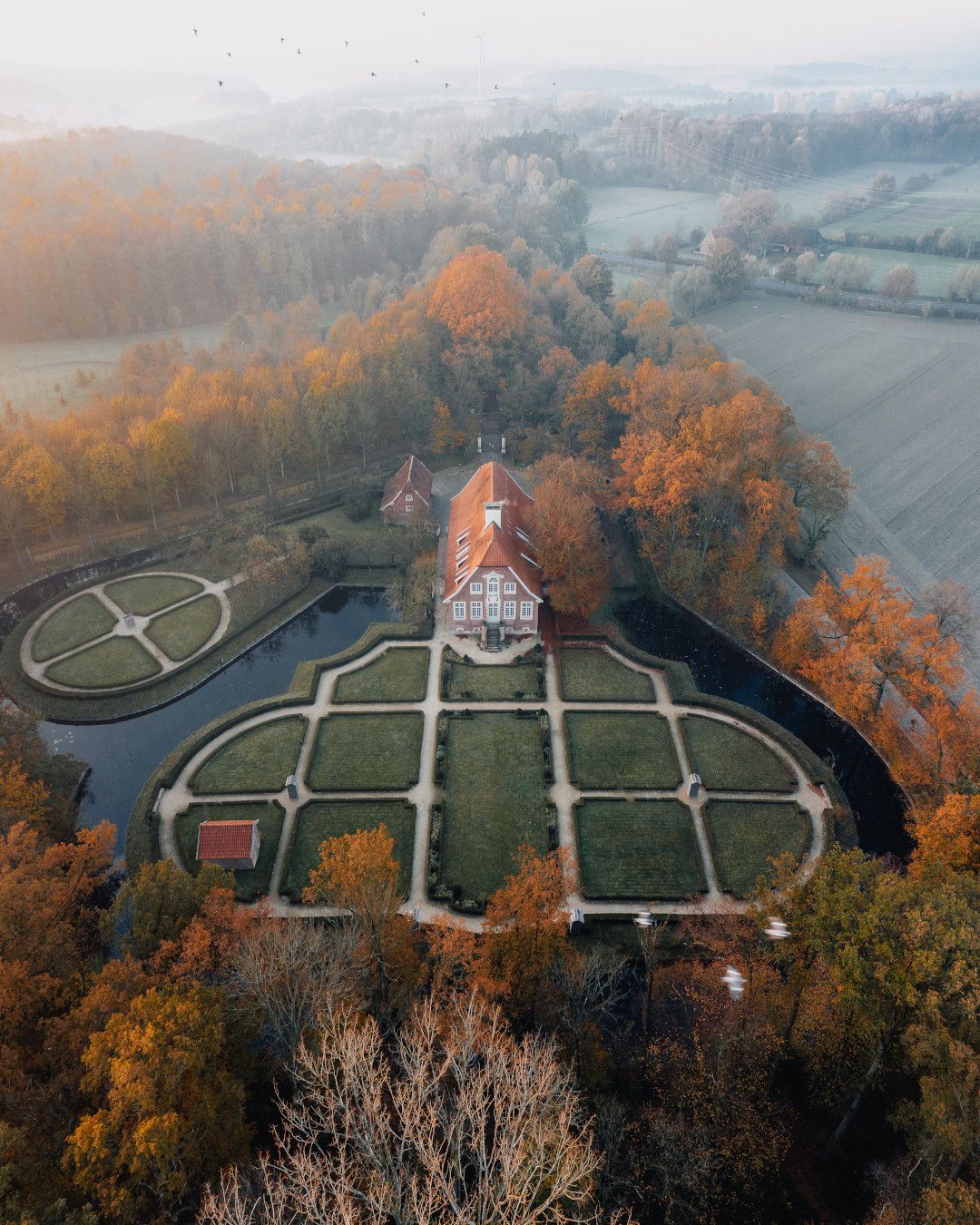
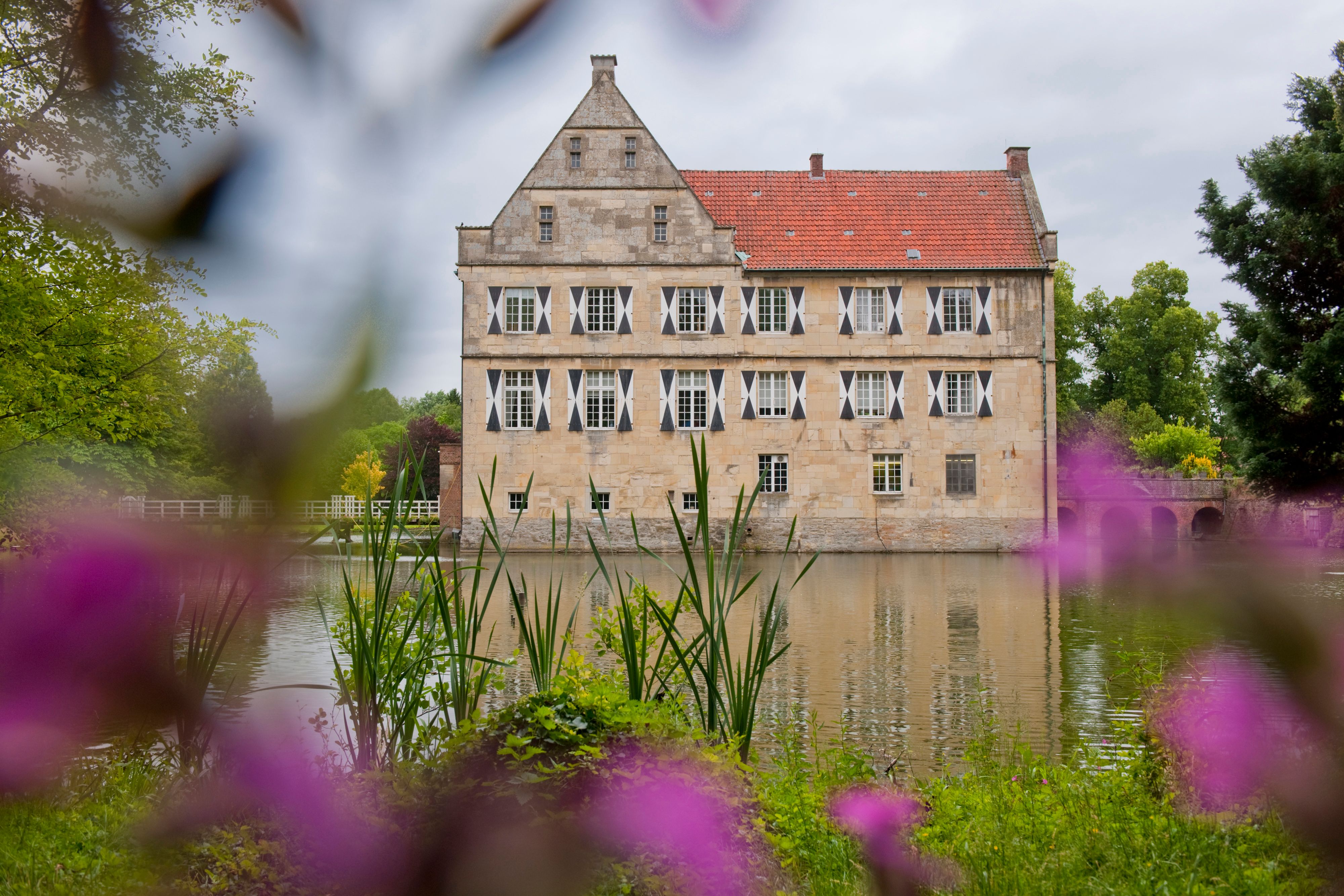
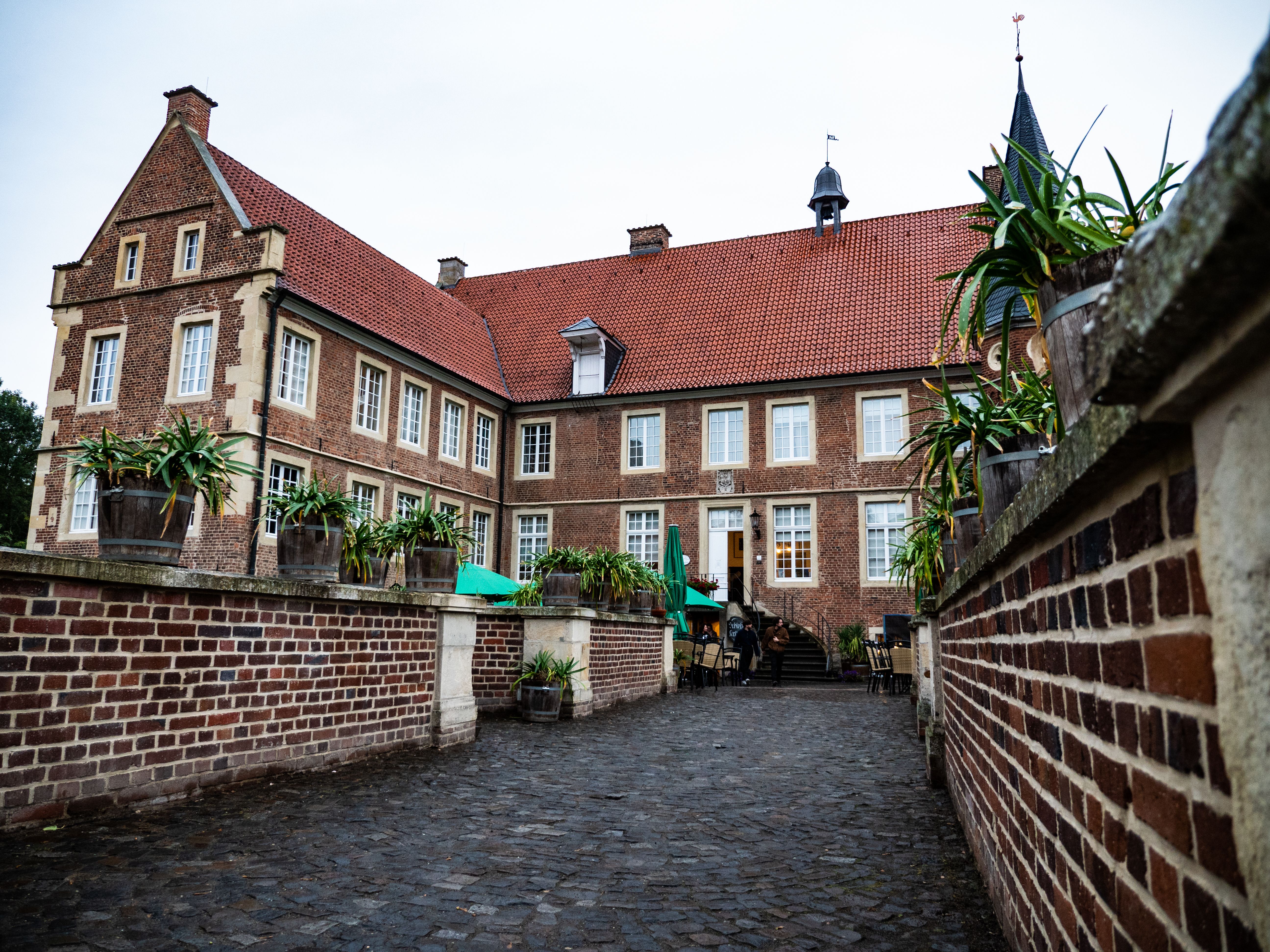
Artists and composersBeuys and Beethoven
The best way to get to know Joseph Beuys is by bike: whether it's his birthplace, his first studio, important works or museums and galleries that made his work known early on - places that played an important role in his life and work are connected by a cycle route and can thus be actively experienced. Under the heading "Beuys & Bike", a route to the right and left of the Rhine offers an active break with culture.
Click here for the cycle route
Beethoven also makes himself heard time and again: His birthplace, for example, which is now a museum and houses the world's largest Beethoven collection, has a new permanent exhibition and organises various events. In addition, a Beethoven tour brings the composer to life in his immediate surroundings: In Bonn itself, the app provides insights into the everyday life, life and work of the young Beethoven at eleven stations. A further eleven stations lead to sights and nature in the surrounding area.
To the Beethoven tour
The expressionist Max Ernst was born very close by in Brühl. The Max Ernst Museum there is the only one in the world that can look back on around seventy years of work by this exceptional artist. The three-winged neoclassical building near Augustusburg Castle was once a popular excursion destination, which Max Ernst also enjoyed visiting in his youth. The collection includes paintings, drawings and collages as well as over 70 bronze sculptures and sculptures. Over 700 photos and documents from his time add to the collection, providing insights into the artist's biography.
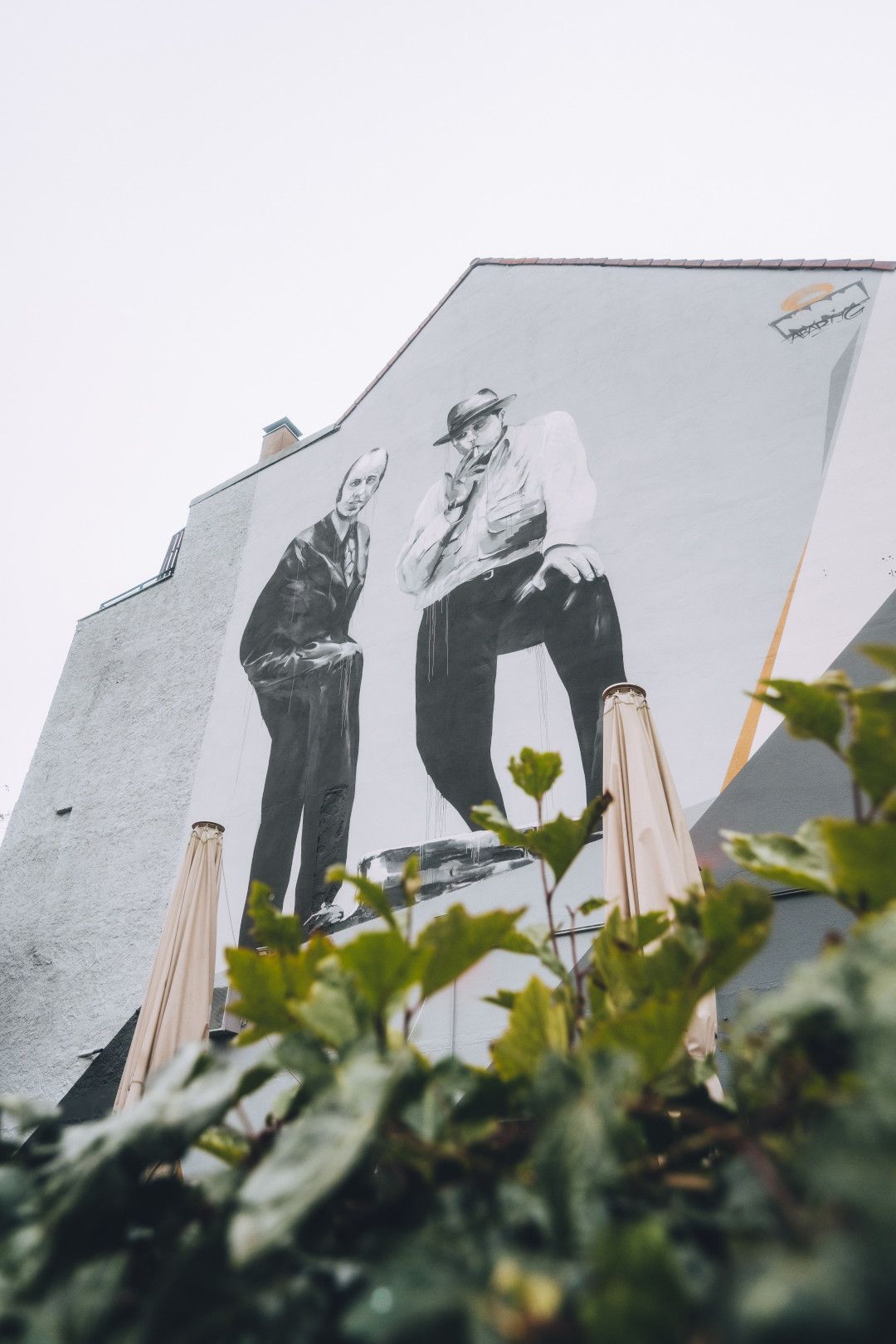
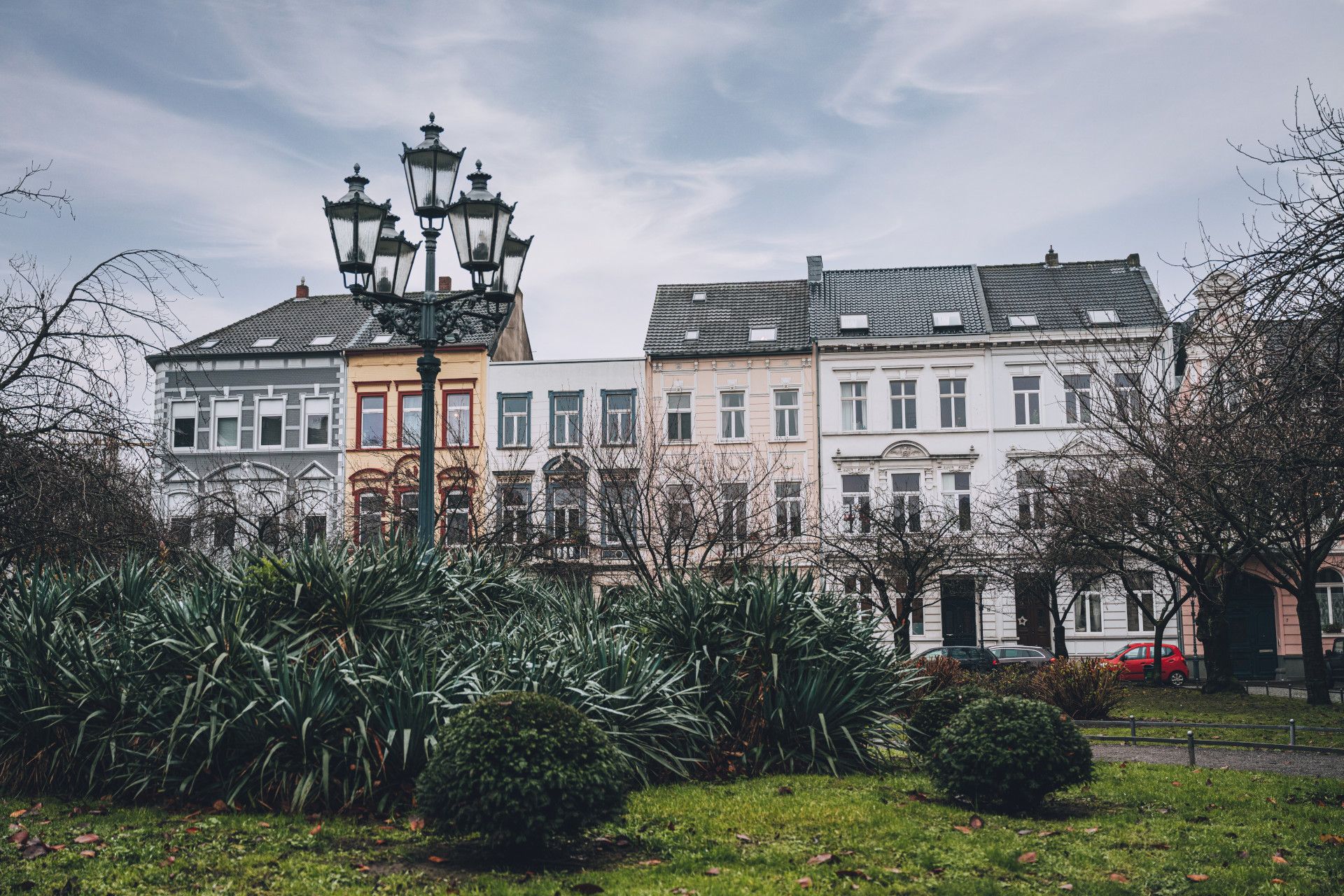
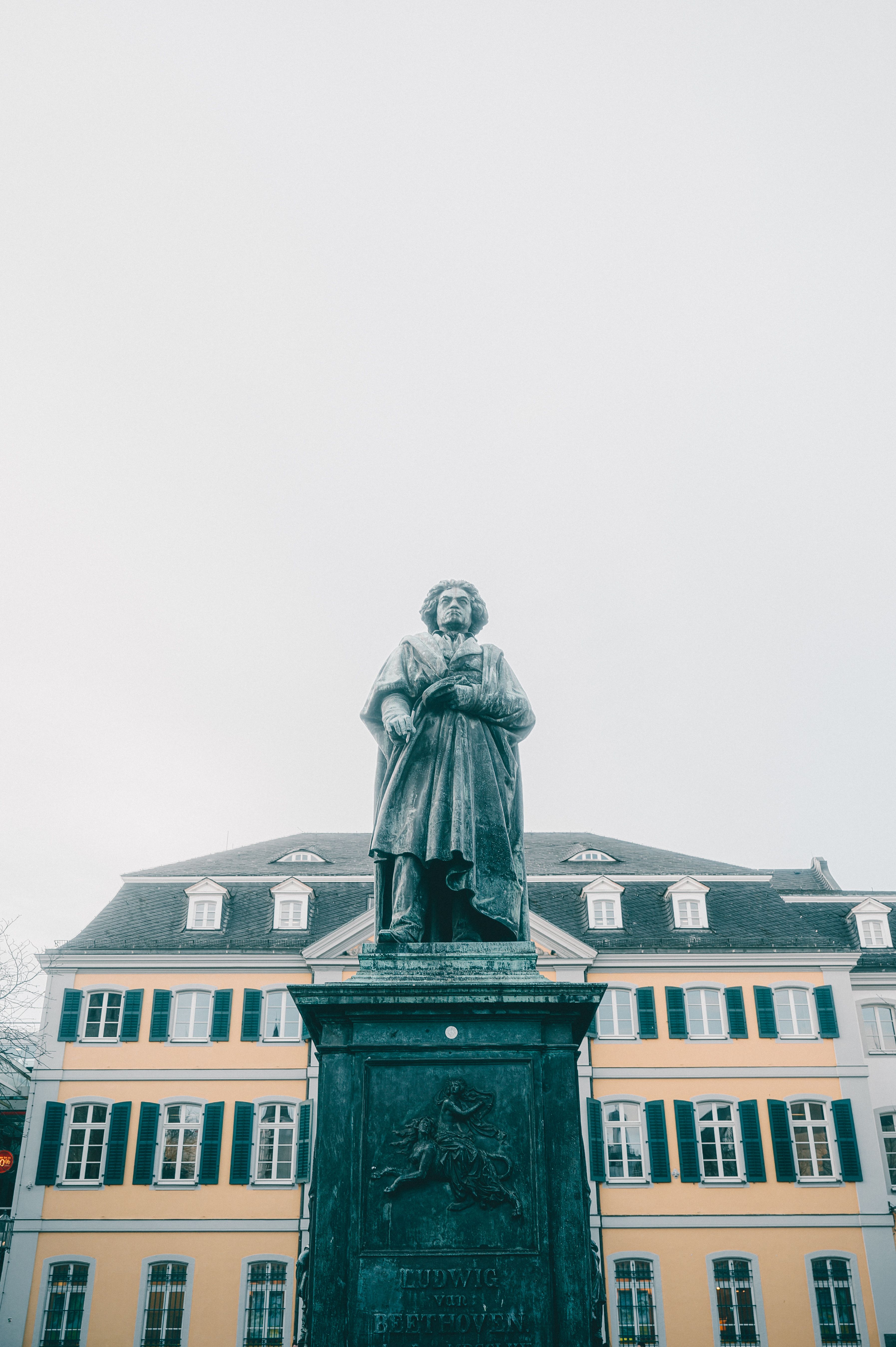
Discoverer and world championX-ray and racing driver
Deep insights into the life of Wilhelm Conrad Röntgen can be found in the Bergisch city-triangle - without even mentioning the X-rays named after him. The German Röntgen Museum in the Lennep district of Remscheid is not only a reminder of this discovery, which made him world-famous. In the museum itself, visitors can get active, try things out and go on a discovery tour - and look over the scientist's shoulder as he explores and applies the radiation. The winding alleyways and idyllic half-timbered houses of Lennep are also worth a tour. And the birthplace of the Nobel Prize-winning physicist is just a stone's throw away from the museum.
To the Röntgen Museum
Children seem to be born here with petrol in their blood: The two Formula 1 drivers Michael and Ralf Schumacher are at home in Kerpen in the Rhine-Erft district. If you want to follow in their footsteps, you can get behind the wheel at the Michael Schumacher Kart & Event Centre. Everything that makes racing so fascinating is available on the indoor and outdoor track, including driver training, individual coaching and karting school for children.
The first karts, later cars, trophies and other memorabilia from Michael Schumacher's private collection can be seen in a permanent exhibition in Cologne. Motorworld Köln-Rheinland, a new event location on the site of the former Cologne Butzweilerhof airport, will be exhibiting these special highlights for all Formula 1 fans. The theme of cars is also taken up in the conference and meeting rooms, the listed reception hall, the V8 themed hotel and the large event area in Hangar II, which offers space for up to 4,000 guests.
To the Kart Centre | To Morotworld
